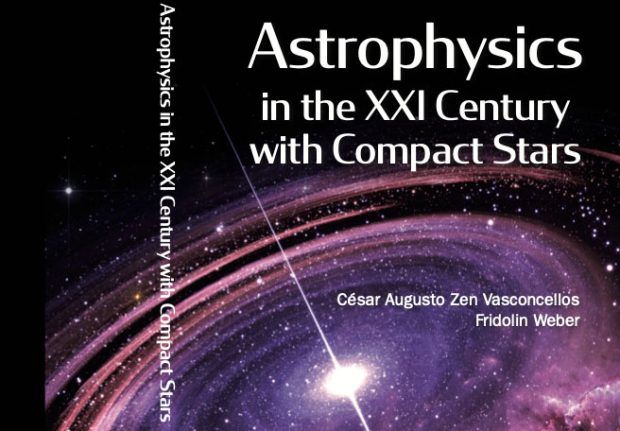Physics professor Fridolin Weber co-edited a new book titled “Astrophysics in the XXI Century with Compact Stars” that is now available for purchase.
The book is intended for graduate (MS and PhD) students as well as seasoned researchers working on any of the three types of compact stars – white dwarfs, neutron stars, and black holes.
Compact stars are unique astrophysical laboratories for probing the fabric of space-time, testing Einstein’s theory of of general relativity, and studying the fundamental building blocks of ultra-dense and super-hot matter.
Topics covered in the book include the physics of gamma-ray bursts, super-massive white dwarfs, and massive black holes, gravitational waves emitted by mergers of black holes and neutron stars, in addition to quarks and gluons in dense astrophysical matter, among others.
The 21st century is an especially prime time for astrophysics because of increased capabilities beyond terrestrial laboratories. The James Webb Space Telescope will extend the present observational limit of visible light nearly twenty-fold.
Neutrino physics’s window into dark energy and dark matter is expected to provide insights into the fate of the universe. Gravitational waves produced both at the start of the universe and by compact stellar objects have unveiled a new domain of astronomy.


